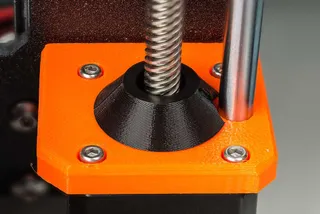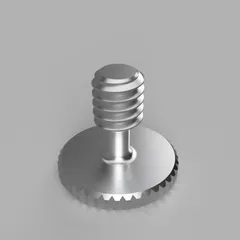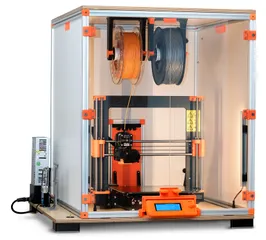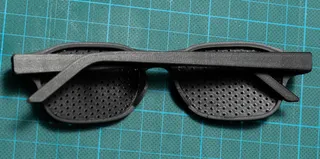Puzzle tile slicing modifier
Description
PDFThis is a set of modifier files that can be used as stencils (quite like a cookie cutter) to turn models into puzzles. The set contains six different sizes at four degrees of (puzzling) difficulty.
Additionally, the modifiers feature a broad edge area that deletes unwanted (out-of-format) object edges.
For any kind of (roughly) flat model the files can simply be applied within the slicer (example: PrusaSlicer):
- Import your model in the slicer as usual.

- Right-click the model and choose “Add negative volume” from the pop-up menu.

- Load the desired puzzle modifier file and place it on your model. Scale it to fit your model if needed (but don't exceed the scaling ratios mentioned below).

- Slice the model. It will automatically be cropped and cut to puzzle tiles.

- If desired, you can now apply color changes as you would usually do with signs or relief-like surfaces. In the slicer's logic the model is still one body, so the setting has to be made just once and is applied to all puzzle tiles at once.

Using the attached .STEP files, you can split “fully” three-dimensional files in CAD or 3D applications as well - just keep in mind that, if a model cannot lie flat on its back, some kind of support socket is required (which can be used as a printing support as well).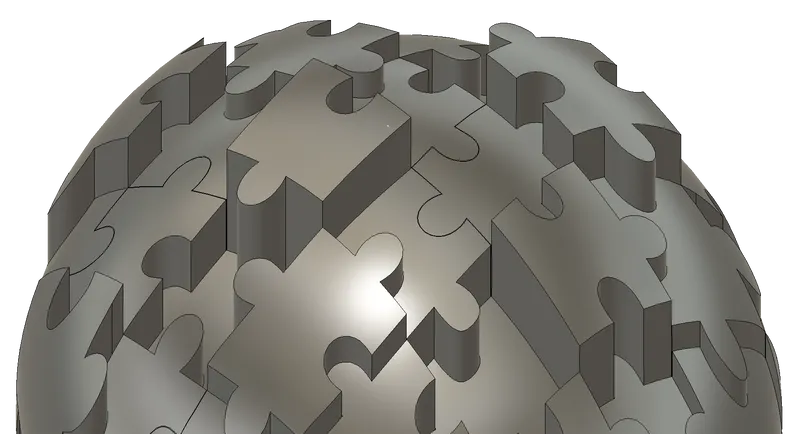
All the files attached have a gap width of 0.15 mm. This is ideal for flat models with a print height of 3 to 6 mm (and a 0.4 mm nozzle), but may be too close for objects that are substantially thicker. Just test it with your model - if you need wider gaps, just drop me a line, and I will add them.
For flat models, the modifier files can be scaled between 90% and about 120% on the X and Y axes if using a 0.4 mm nozzle, or even down to 60% if using a 0.25 mm nozzle. Of course, they can be scaled arbitrarily along the Z axis.
And finally, about the tile numbers: The files attached give you the choice to cut your model to 12, 16, 24, or 36 tiles. Compared to commercial puzzles which feature up to 5,000 tiles, this may seem quite coarse. But these puzzles' motifs usually are rich in contrast and have lots of distinguishable details. With a low contrast lithophane or a two color line drawing as a motif, even 36 parts are quite a hard task. As a rule of thumb: The simpler the motif, the harder the puzzle.
Tags
Model origin
The author marked this model as their own original creation.

